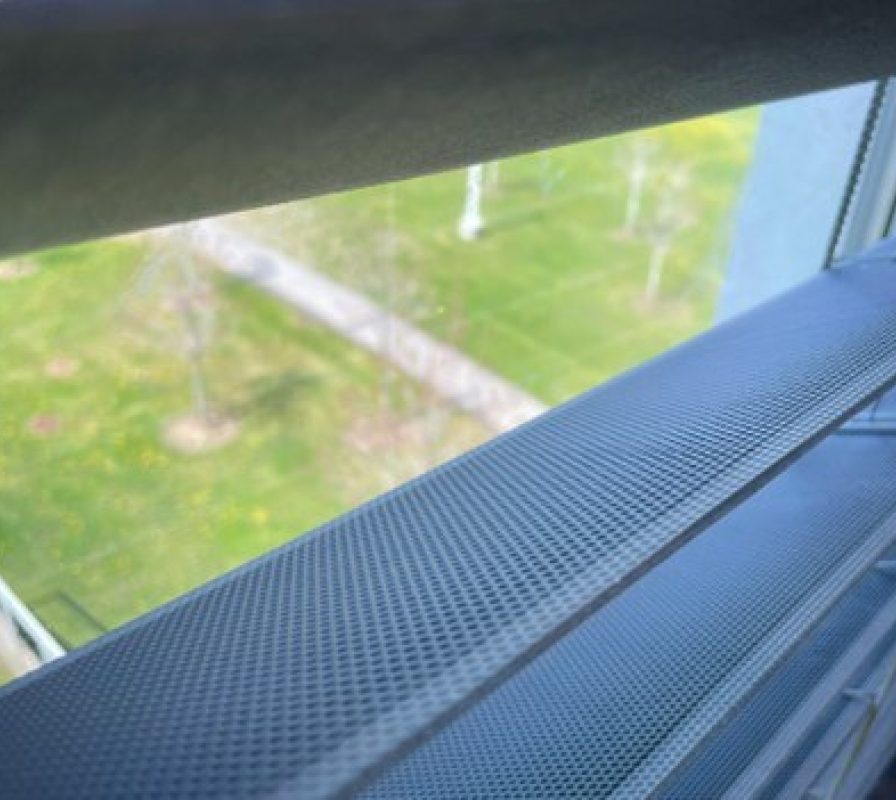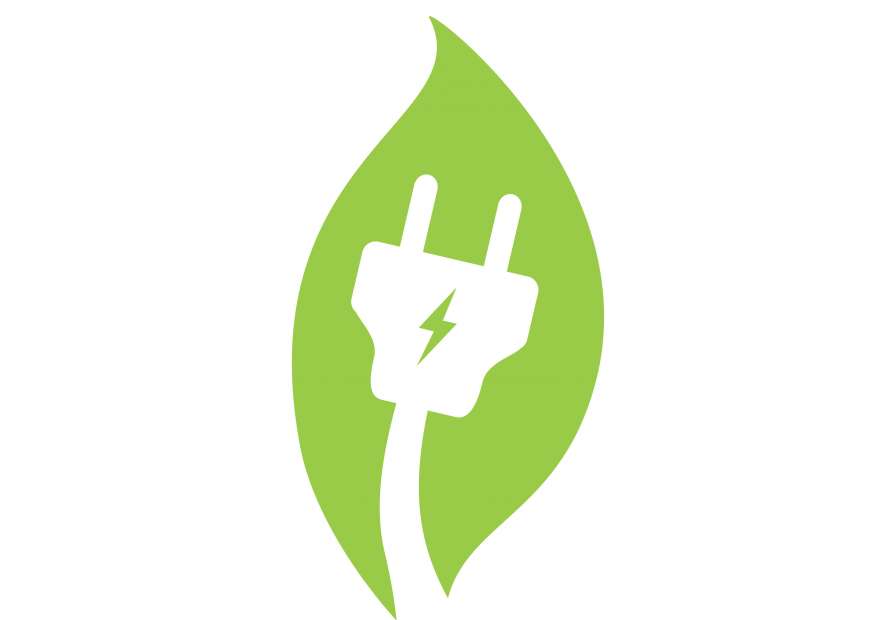
Energy Blinds in Action: Five Use Cases for Smarter, Sustainable Buildings
Morgan Solar’s Energy Blinds are advanced interior window coverings that integrate solar power generation with dynamic daylight and thermal management. They provide energy efficiency and occupant comfort upgrades, often without requiring changes to glazing.
This case study explores overlapping but distinct use cases of Energy Blinds.
Use Case 1: Window or Building Skin Retrofits - Alternative to Full Window Replacement
Energy Blinds can serve as a high-performance, lower-cost alternative to full window replacements. In buildings where aging windows are driving up energy costs, but full replacement is cost-prohibitive or disruptive, Energy Blinds deliver many of the same benefits without removing or altering the windows themselves.
Installed internally, they upgrade the building envelope by improving thermal insulation, reducing heat gain and glare, and generating on-site solar power. Unlike window films or basic shading systems, Energy Blinds dynamically manage sunlight and indoor climate, using advanced controls that can adapt to occupancy, daylight levels, and seasonal shifts.
For capital planning, rather than allocating millions for curtain wall replacement, owners can install Morgan Solar Energy Blinds to achieve immediate gains in energy efficiency, occupant comfort, and carbon reductions, while extending the useful life of existing glazing/window systems.
This approach is particularly relevant for large portfolios or public sector buildings, where budget constraints, occupancy, or historic facades make window replacement complex or costly.
Use Case 2: Window Treatment Replacement
Energy Blinds provide a high-value upgrade path when existing window treatments, such as blinds, films, or awnings are due for replacement. This use case leverages the existing capital allocation for window furnishings, and offers an attractive ROI on the added marginal cost of upgrading to Energy Blinds. The cost delta between automated blinds and Energy Blinds can in some cases be recoverable in 2-5 years, with long-term benefits that include on-site solar generation, HVAC load reduction, improved daylighting compared to other alternatives, and with better glare management due to the smart blind controls software with sun tracking.
Energy Blinds outperform standard window coverings by turning a passive fixture into an active energy management solution, making this a seamless, high-IRR sustainability upgrade. For portfolio managers or facilities teams with a rolling replacement schedule for blinds, it provides an opportunity to phase in sustainability upgrades without additional budget allocation.
Use Case 3: High Energy/GHG Cost Locations
In locations or jurisdictions with high electricity prices natural gas prices, Morgan Solar Energy Blinds offer compelling energy and GHG savings. By dynamically adjusting thermal performance and generating power, the blinds reduce reliance on HVAC and lighting systems. So whether you’re looking for a regional strategy where costs are high or looking at specific buildings which have higher than average energy costs or GHG emissions, Energy Blinds can help improve energy efficiency and lower costs.
In cold climates, Energy Blinds can act as thermal buffers, harvesting heat during the day and insulating at night. In summer and in hot, sunny regions, they block solar gain and reduce air conditioning load. In both scenarios, GHG reductions are significant and quantifiable.
Use Case 4: Energy Retrofits & Net Zero Goals
As part of a broader energy retrofit or net-zero building initiative, Energy Blinds play a dual role: reducing energy demand and generating electricity. They pair seamlessly with battery storage, DC microgrids, or net-metering systems. For organizations aiming for net-zero certifications (e.g., LEED, BOMA BEST), the addition of Energy Blinds helps offset lighting, heating, and cooling loads, while providing a visible and measurable sustainability feature.
Cisco’s Net Zero Conference Room is a proven example, powered entirely by Energy Blinds integrated into a microgrid that supports all critical systems during grid outages.
Use Case 5: Sustainability in Design & Brand Leadership
While many energy efficiency upgrades remain hidden behind walls or within HVAC systems, Energy Blinds integrated into an office or public space make them a perfect symbol of Sustainability in Design leadership. Installed across a façade or office interior, they serve as daily visual reminders of a company’s commitment to sustainability.
Ideal for publicly accessible areas, corporate campuses, or client-facing spaces, Energy Blinds combine beauty and function. With integrated data reporting and visual cues (e.g., motion, LED indicators), they offer real-time evidence of climate action. They also serve as compelling storytelling devices in ESG and marketing materials.
Click Below to Watch 2 short videos that explain more

